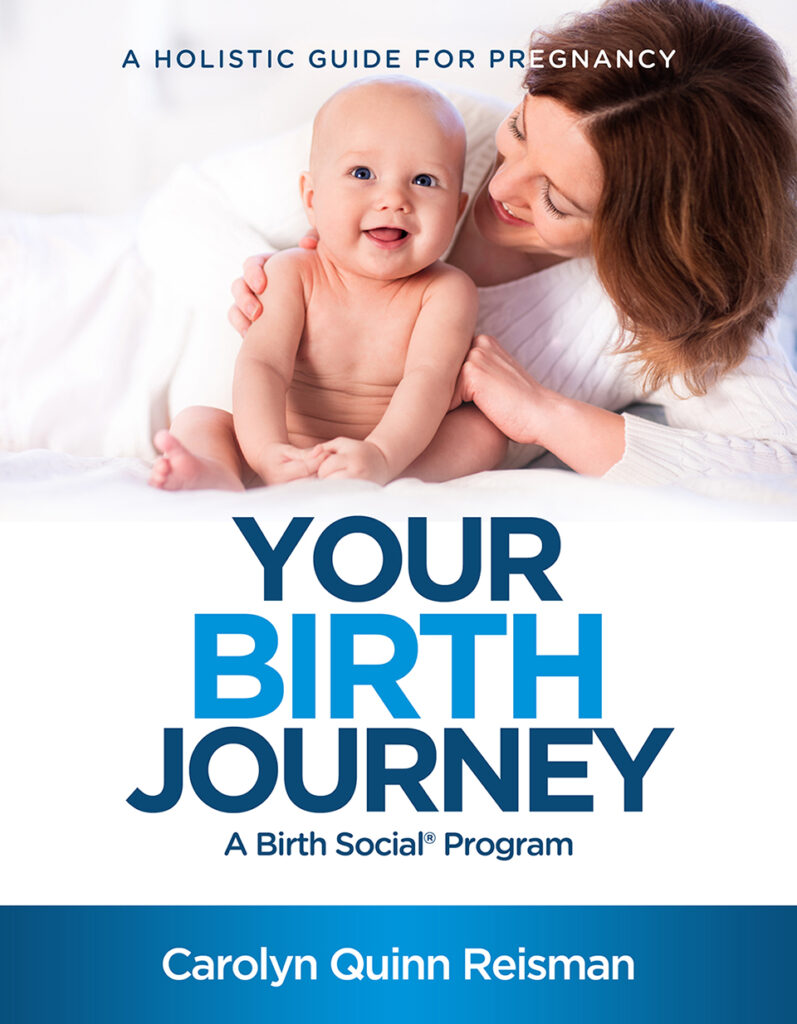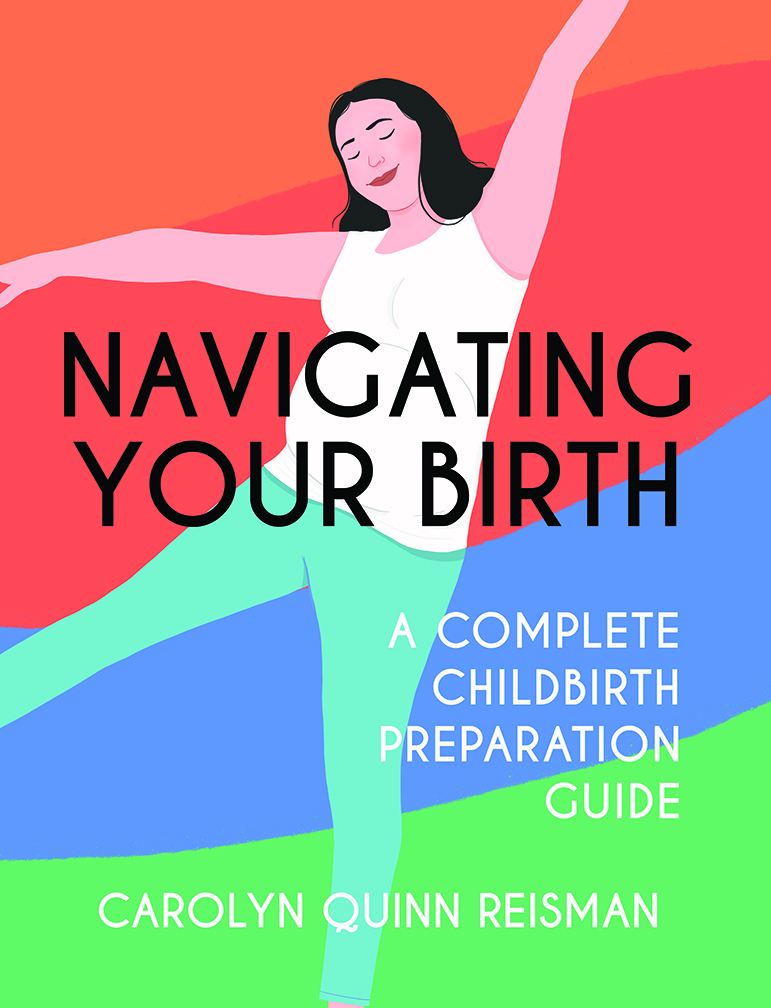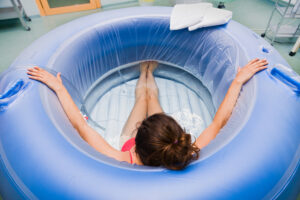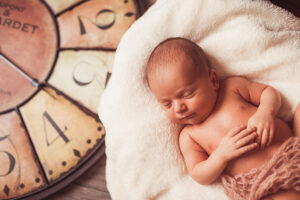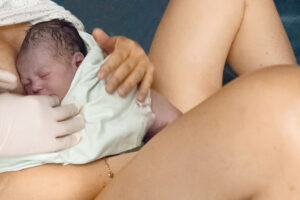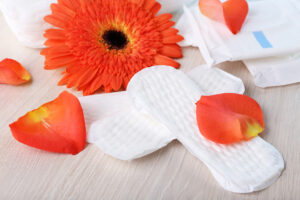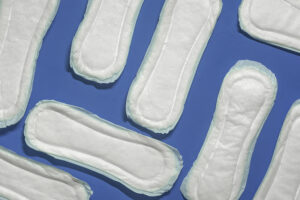If you have hung around my website for a while, you know that I am judicious about the safe use of essential oils and am adamantly opposed to chemical fragrance. Being chemically sensitive puts me in a position of seeking alternatives for people. If I weren’t also sensitive to essential oils, I would try the following suggestions for my personal use. In my midwifery practice, I ask mothers to use these alternatives, and these are a hit. Not only do they keep moms, friends, families, and babies safe – they are the healing ground in which people can meet.
First
- Be sure the essential oil you want to use is SAFE for pregnancy.
- Use essential oils under the direction of an aromatherapist or your midwife. Essential oils are contraindicated in some health conditions.
Personal Inhalers
The use of personal inhalers is the best way to use essential oils without affecting others. I’m not talking about the plastic, one-time-use inhalers that you throw away. They are definitely not a sustainable choice, and there are more creative ways to benefit from essential oils.
Himalayan Aromatherapy Diffuser
Fill a small glass bottle with chunky Himalayan salt, add ONE drop of essential oil, screw on or close the lid, and label the bottle. You now have your own personal Himalayan aromatherapy inhaler, and you can’t go wrong with the “pretty factor.” Make up a few bottles with different oils. You can go anywhere with them!
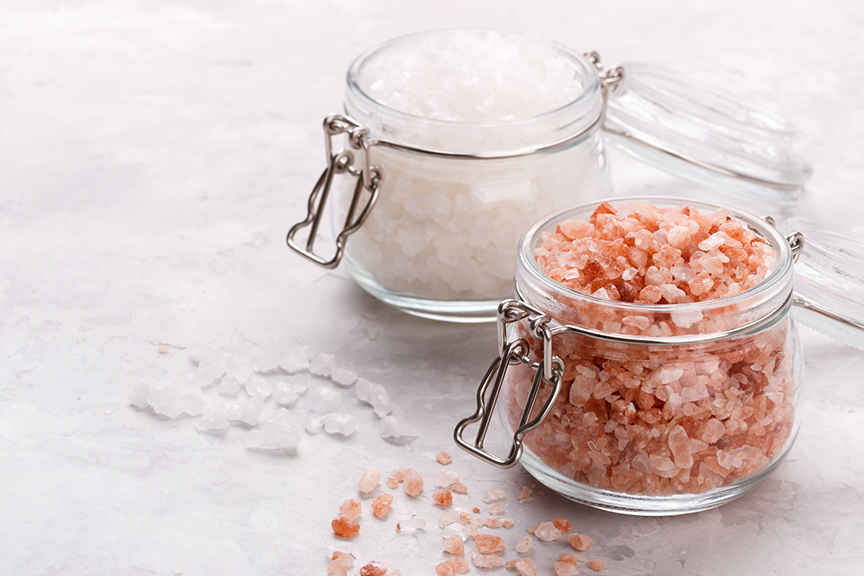
Cotton ball or tissue
Foot Bath
Can you think of anything more luxurious and soothing than soaking your feet in a bowl with flowers, Epsom salt, and a couple of drops of essential oil? It might seem simple, but aromatherapy specialists advise using a special recipe to ensure the essential oil is dispersed. In order to mix water and oil, you need an emulsifier. Ingredients for a foot bath include:
- 1/2 cup Epsom salt, place in a bowl of warm water
- 1-2 drops of essential oil
- 1 teaspoon of Joboba oil or other carrier oil
- An emulsifier such as Polysorbate 20 can easily be found on Amazon – follow supplier directions for use
- Snipped heads of flowers
In a separate bowl, mix the essential oil, carrier oil, the emulsifier, and stir. Add this mixture to the bowl of Epsom salt and warm water, stir, and add the flowers. This is good for one foot soak, so if you plan on having more soaks, double or triple the recipe and store in a sealed container.
A foot bath is a good way to contain the scent of essential oil to a small area while reaping the benefits of a soaking your feet. Sit in a super comfortable chair and have your partner, friend, or doula rub your shoulders while you are soaking. Please, have someone rub your feet afterward!
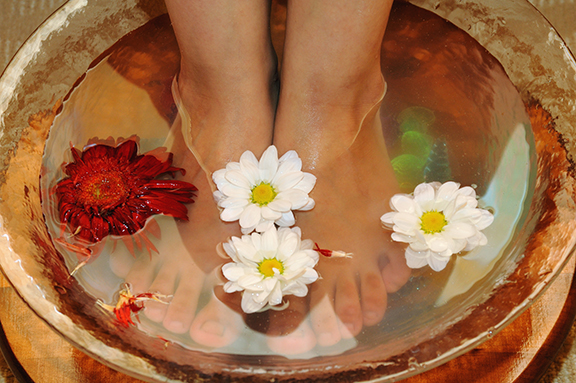
Skin Application
There are times when an essential oil lotion applied to your skin may just do the trick, but a whole-body rub down is not the way to go. There is far too much potential for the scent to linger, and it can rub off on the sheets and pillows you use.
I once had to sit outside for fresh air for over an hour after being exposed to a laboring mom who used essential oil lotion on her entire body. I’ve also had moms become annoyed with entire body rubs and opted to wash it off in the shower. It is strong! Instead, use a carrier oil with essential oils on your hands and feet.
Hands and Feet
Your feet are key absorption points and have some of the largest pores on your body. You can also apply essential oil in a carrier solution to your hands. The lovely smell is readily available just by placing your hands to your nose. Plus, your hands and feet can easily be washed off!
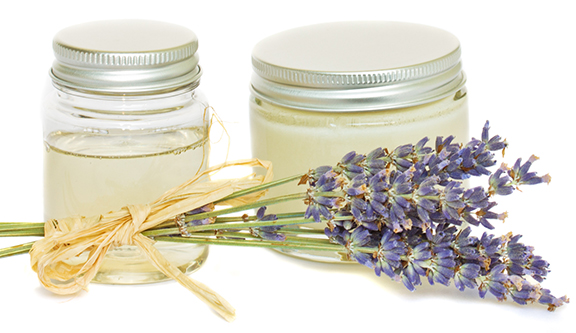
Himalayan Salt Bowl and Bath
When people think of an essential oil bath, they think of putting the oils directly in the tub. There’s no need for that. Aromatherapists deem the direct mixture of essential oil and water unsafe! For one, you have to be careful of your tender parts, as oil and water don’t mix, and the essential oil can come in direct contact with other areas of your skin. Plus, it is much more lovely to have a small bowl of Himalayan salt, a spring of flowers, and a couple of drops of essential oil added.
- Find a small bowl, pour some Himalayan salt into the bowl, add ONE drop of essential oil, and a flower sprig – any flower you want.
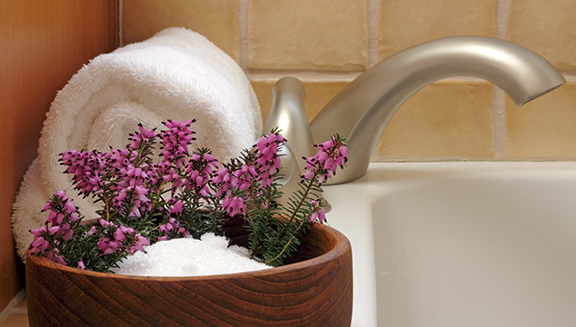
Even better, gather or bring home a batch of flowers, snip off the heads, put them in your bath water, and enjoy the bowl of salt and essential oil nearby.
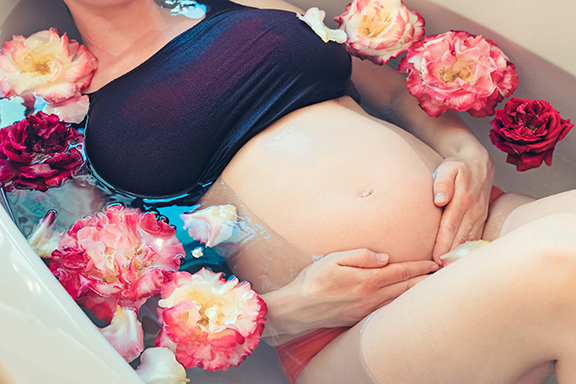
Diffusing Essential Oils
Care must be taken when diffusing essential oils, as this method has the highest potential of exposing others. There are a few ways you can enjoy the benefits of diffusing while keeping others safe.
Steamy Shower
This is a lovely way to inhale essential oils in a personal space. Just add 1-2 drops of oil to a bowl of water and place the bowl in the corner while you shower. The oil combined with the steamy shower will provide you benefits in a contained area.
After the shower, the bowl of water and oil is easily disposed of down the drain – and you just made your drain smell better!
Spray
I’m not talking about a spray that you use all over the house. A small spray bottle in the bathroom would do the trick. Make a spray by adding a few drops of essential oils to water in the spray bottle, shake, and spray in the air. This is a great quick solution for freshening up a bathroom.
Spa Bowl
If you like the idea of beautiful flowers floating in a bowl, this may also serve for diffusing essential oil when used in private spaces. Put ONE drop of essential oil in a bowl of water, snip a few flower heads, and arrange them in the bowl. It is a beautiful, feel-good presentation.

Electric Diffusers
Electric diffusers are NOT a good choice. With this method, essential oils are placed in an electric device, sometimes with water, which can diffuse the scent into an entire room – affecting everyone. Even when you turn this device “off,” the lingering scent can take hours or sometimes days (with heavy use) to dissipate.
The Ethical Use of Essential Oils
The trend of using essential oils makes it very difficult to separate safe use from popular use, and the common assumption is that essential oils are safe for everyone. They are not. The above methods are an excellent choice for minimizing exposure to others while maintaining benefits for you.
Aromatherapy specialists advise not using essential oils around babies, children, people with allergies or asthma, the elderly, or those with serious health issues. You should also not expose people with fragrance sensitivity to essential oils.
American Academy of Allergy Asthma and Immunology: Essential Oil Diffusers and Asthma
AromaWeb. Aromatherapy Baths
AromaWeb: Essential Oil Safety
Chemical Free Gal ™: Myths and Facts About Multiple Chemical Sensitivity (MCS)



